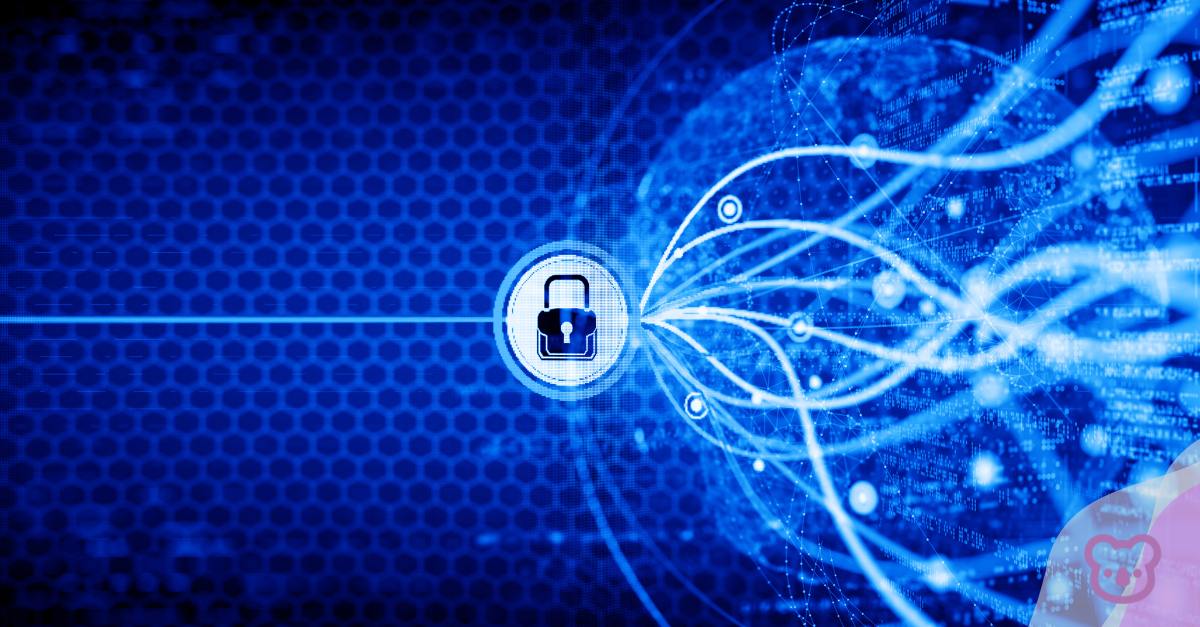The recent cyberattacks on Victoria’s Loyola College and Scotch College highlight how Australia’s classrooms are becoming a prime target for cyber criminals. But the threat does not stop at K–12. English language schools, VET colleges, and higher education institutions are all increasingly vulnerable, with sensitive student data, outdated systems, and rapidly expanding networks of connected devices creating fertile ground for cybercrime.
Ransomware, phishing, and even state-sponsored attacks are on the rise across the entire education sector. The stakes are high: student privacy, institutional reputation, and continuity of learning are all at risk. Experts warn that protecting against these threats must be treated as a core responsibility of education leadership, not just a back-office IT issue.
Cybersecurity specialist Zak Menegazzi of Armis is urging institutions to build robust resilience strategies that combine visibility, response, and protection. “This involves creating a culture of cyber awareness, training staff and students in good digital hygiene, proactively assessing and updating systems, preparing clear incident response plans, and testing defences regularly,” he says.
The risks extend well beyond traditional computers. Universities and colleges are now reliant on IoT devices such as security cameras, smart learning tools, and online portals that open new vulnerabilities for hackers to exploit. Reactive approaches are no longer enough in an era of AI-driven cyber threats.
Some state education departments are already partnering with cyber exposure platforms to strengthen resilience across their networks. Similar approaches could help language schools, VET providers, and universities close gaps before attackers strike.
“An Australian state education department recently partnered with Armis, tapping into the cyber exposure platform to gain intelligence as part of its cyber resilience uplift,” says Menegazzi. “The initiative aims to strengthen the security posture of the entire department and schools under its jurisdiction.”
As technology becomes ever more embedded in teaching, learning, and administration, safeguarding against cybercrime is no longer optional. For every part of Australia’s education sector, from English schools to universities, robust cyber resilience is now central to their mission of providing safe and uninterrupted learning.

